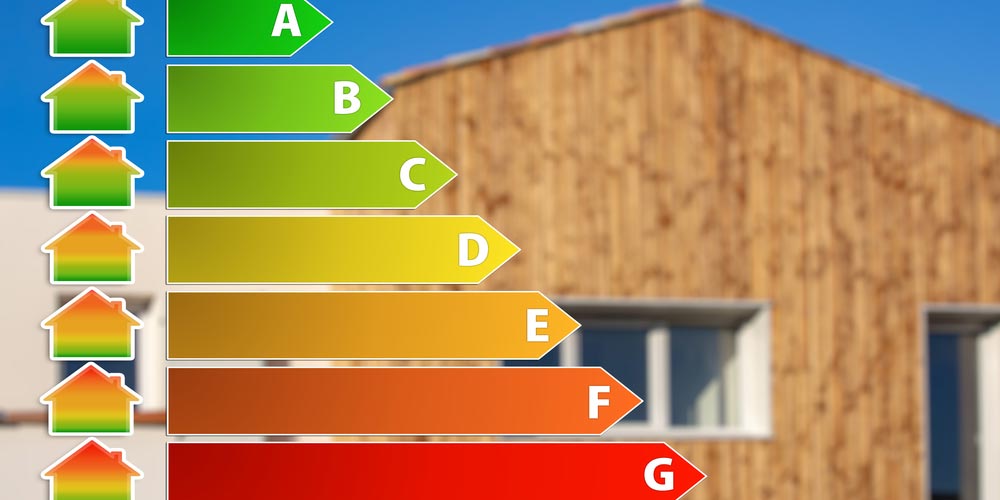Introduction
In June 2021, the EU Taxonomy Climate Delegated Act was published in the EU Official Journal.
Unfortunately, by setting a pan-European maximum thermal transmittance value (U≤1,0 W/m2K) the present criteria for windows does not allow to factor in geographical and climatic differences to optimise resource and energy use. It rather promotes highly insulated windows everywhere in the EU irrespective of the climatic conditions.
This problem will be particularly important in hot climatic conditions and in several cases for moderate climate too.
This paper provides a short explanation and references to demonstrate why this is the case.
Finally, as the Delegated Act does not clearly state which criteria are applicable to curtain walling, this paper explains why they should be considered as similar to windows.
Why setting a pan European maximum U-value for windows does not serve the climate and the environment?
To see the impact of a window on climate change during the heating season, the heating demand or heat gain that it is causing must be calculated. The thermal transmittance of the window named ‘U-value’ alone is not giving that information.
To have that information, the U-value must be multiplied by a value reflecting the difference between indoor and outdoor temperature across the heating season, the so-called ‘heating degree hours’. This value depends on climatic conditions that vary a lot across the EU: it is 5 times higher in cold climate than in hot climate.
Then, the energy gains thanks to solar irradiation passing through the window must also be considered since this is renewable and free energy. To calculate it, the solar factor of the window, named ‘g-value’, must be considered. The g-value is the percentage of solar irradiation that a window allows entering into the building. So, multiplied by solar irradiation, it gives the solar heat gains. Solar irradiation depends on local climate condition and orientation.
Combining the heat losses and solar heat gains, i.e. making an “energy balance” gives the correct picture of the energy performance of windows and shows that windows are positive contributors to building envelopes as a source of renewable energy.
Joint call to revise criteria for windows in the EU Taxonomy Climate Delegated Act
